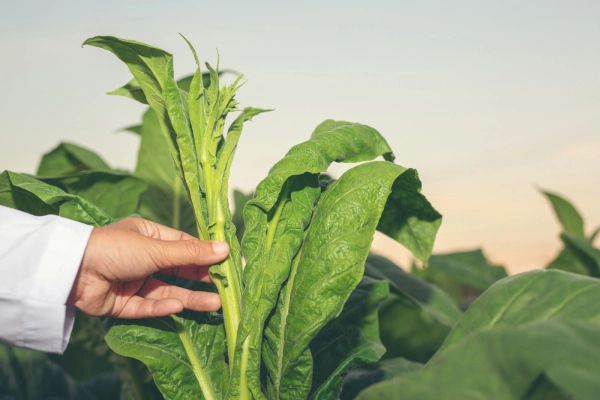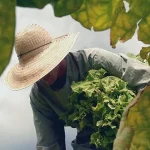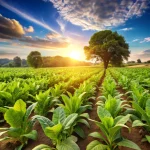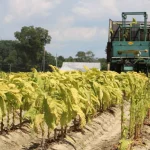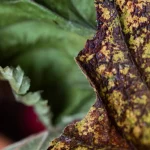Tobacco plant is the name of a plant that has broad leaves that can be smoked. The dried leaves of this plant, which are used in cigarettes, contain nicotine.
Major areas of cigarette tobacco cultivation in Iran
In Iran, the main areas of Basma tobacco cultivation are mainly concentrated in the northern and northwestern provinces due to the climatic conditions and suitable soil. The provinces of Gilan, Mazandaran, Golestan and parts of Ardabil and East Azarbaijan are among the most important tobacco production areas in the country. In these areas, due to proper rainfall and high humidity, farmers can produce quality tobacco that is suitable for producing domestic cigarettes and exporting to other countries.
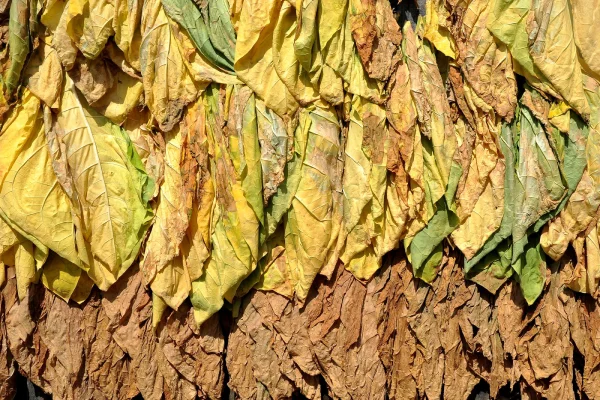
Gilan is especially known as one of the main poles of tobacco production, where the fertile lands and mild climate have provided ideal conditions for the growth of this plant. In Mazandaran and Golestan, tobacco cultivation is also widely done, and these two provinces, due to their geographical location and mild and humid climate, have a significant contribution in the production of burley tobacco.
In addition, the western provinces of the country are also active in tobacco production. The mountainous and high areas of Ardabil and East Azarbaijan provide a suitable environment for tobacco growth due to hot summers and cold winters.
This climatic diversity has made Iran able to produce different types of tobacco, each of which has its own characteristics. Farmers in these areas have improved the quality and increased the amount of tobacco production by using traditional and modern techniques. In this way, Iran not only meets the domestic demand for tobacco, but also exports part of its production to international markets.
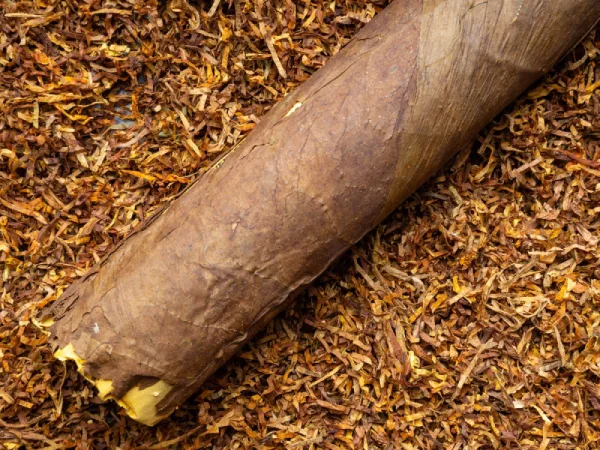
Economic importance of tobacco
As an important agricultural product, tobacco plant plays a significant role in the economy of many countries. This plant is a significant source of income for farmers and governments due to its widespread use in the cigarette industry and other tobacco products. In countries where tobacco production is carried out on a large scale, this product has directly and indirectly created employment for millions of people. From the stages of planting and growing to harvesting, processing and selling, the tobacco production chain provides many job opportunities. Also, the export of tobacco and related products is an important source of foreign exchange income for producing countries.
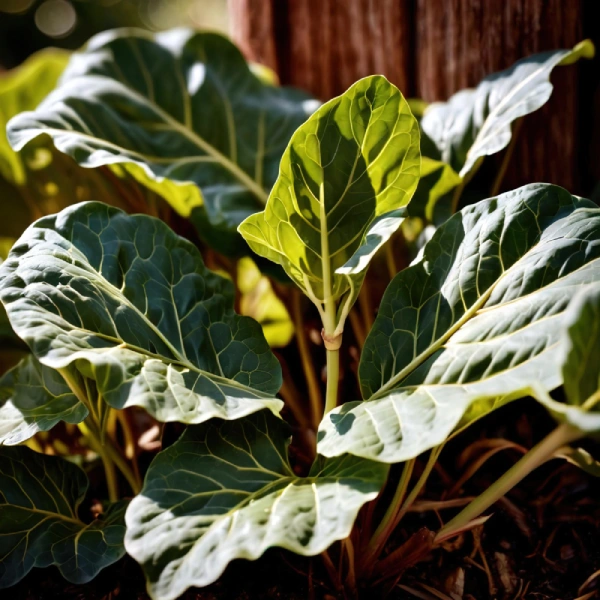
In many countries, tax on tobacco products is one of the important sources of government revenue, which is used to finance public budgets and social programs. In addition, the tobacco industry helps to develop infrastructure and improve the economic situation of rural areas by attracting domestic and foreign investments.
Despite the health concerns associated with the consumption of tobacco products, many economies continue to view tobacco as a strategic product. For example, in Iran, the production and export of tobacco is considered one of the important sectors of agriculture and industry, which helps to create employment and generate income.
Introduction of tobacco plant
The tobacco plant is a member of the eggplant family, which is known for its broad leaves and smoking properties. This perennial plant is native to North and South America, but today it is cultivated in tropical and subtropical regions around the world. Tobacco is a plant with long stems and large and wide leaves, which are mainly used to produce tobacco products such as cigarettes, cigars, chewing tobacco and pipes.
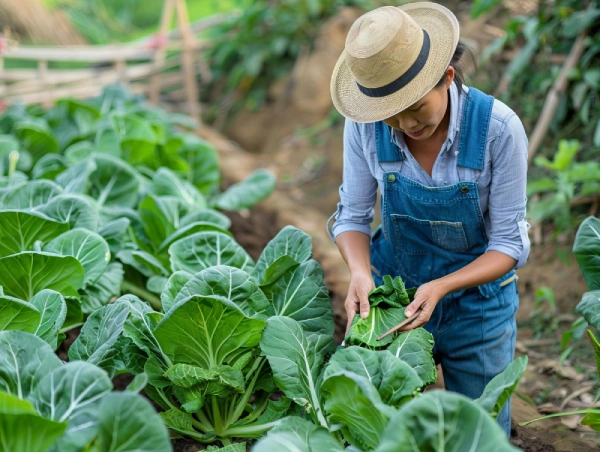
The process of growing tobacco includes various stages such as planting, planting, harvesting and drying, each of which requires special precision and expertise to produce a high quality final product.
After harvesting, tobacco leaves are dried and then subjected to fermentation and processing processes to be ready for use in tobacco products. These processes cause chemical changes in the leaves that improve their taste, smell and smoking properties. Tobacco contains a substance called nicotine, which has addictive properties, and this has made its consumption a health challenge.
Nevertheless, tobacco remains one of the strategic agricultural products due to its high income generation and the important role it plays in the economy of many countries. From an environmental point of view, tobacco cultivation requires the management of water and soil resources, and many researches are being conducted to improve cultivation methods and reduce its environmental effects.

